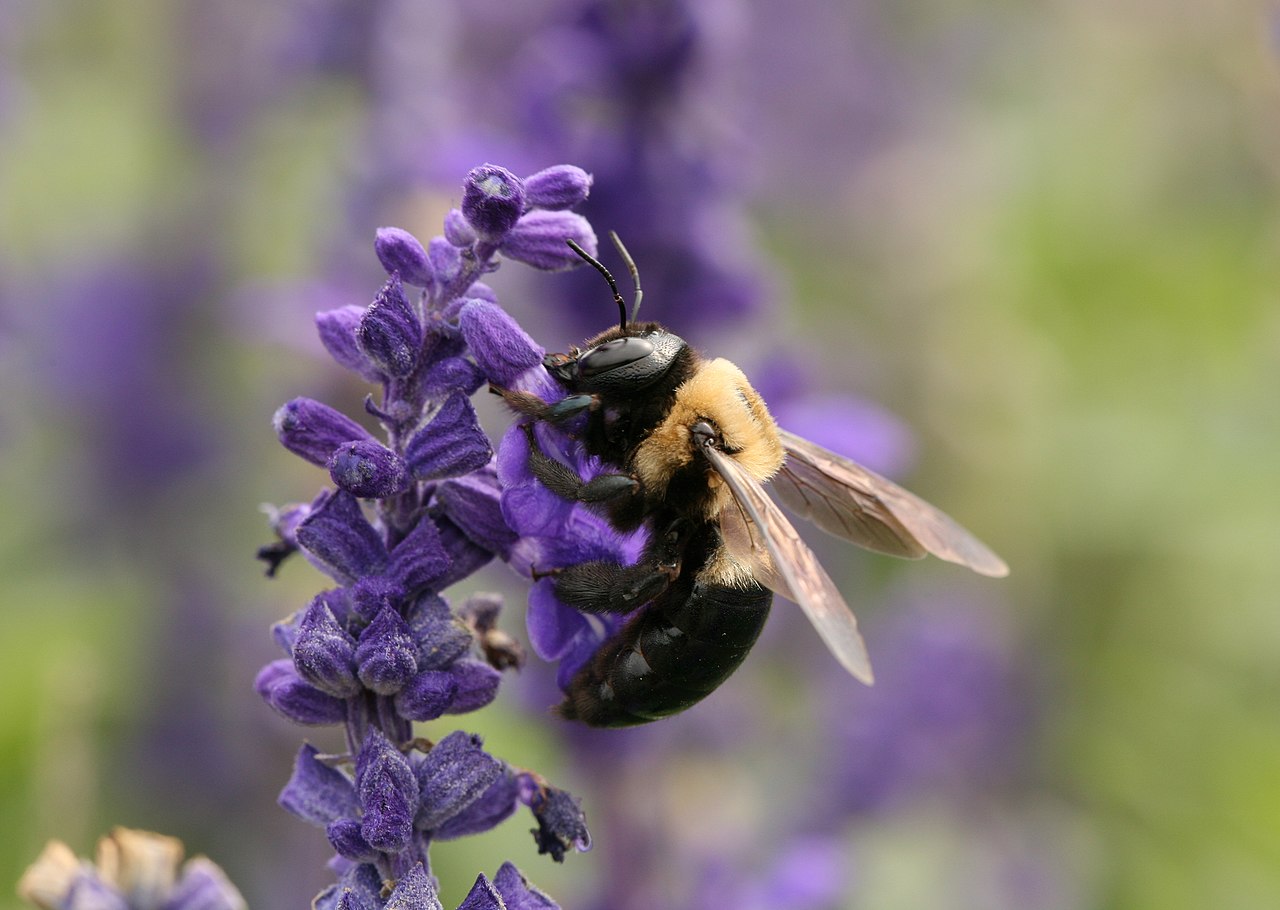Some of their favorite types of wood include redwood cedar pine and cypress. They vibrate their bodies as they rasp their mandibles against hard wood each nest having a single entrance which may have many adjacent tunnels.
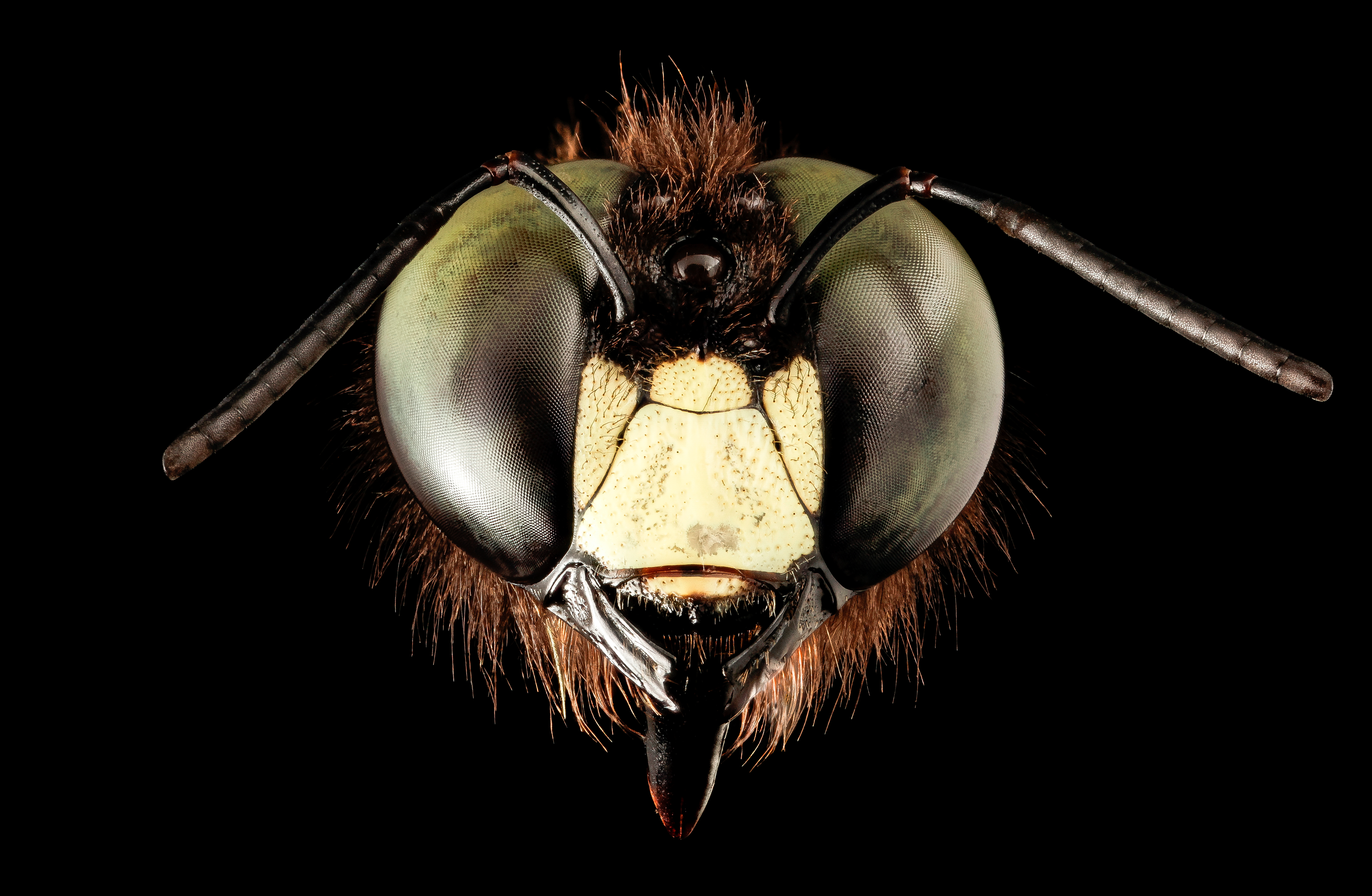
Eastern Carpenter Bee Wikiwand
Carpenter bees create their nests by vibrating their mandibles mouth which allows them to tunnel into wood.

Carpenter bees mandibles. Male carpenter bees Hymenoptera identifiable by the white spot between their mandibles look and act aggressive but actually cannot sting. Carpenter bees prefer to drill in wood that is at least 2 inches thick. Although it has been proposed that several bee species do not extensively use their mandibles Berlocher and Feder 2002 carpenter bees are characterized by powerful mandibles due to their importance in nest construction OToole and Raw 1991.
They can bore into wood surprisingly efficiently simply by vibrating their bodies while pushing their mandibles into the wood. Carpenter bees use their mandibles like drills boring perfectly cylindrical cavities into wood to construct nesting chambers called galleries. Carpenter bees are the opposite of bumblebees when it comes to preferred habitat too.
Like any other bees the egg is the first stage of the life cycle. To lay the eggs the mother bee creates a hole in the wood. As with all bees only females have stingers.
There are 4 stages in the carpenter bees life cycle. Carpenter bees are attracted to untreated and natural wood so they are likely to stay away from painted or varnished wood. The carpenter bee which resembles the bumblebee is shiny black robust in composition and can reach more than 1 inch in length.
She even uses the shavings from her excavation to create walls between the chambers. A hole made by a carpenter bee is often perfectly circular. They are typically around 05 to 1 inch long and are usually black however some species have yellow or orange markings iridescent wings and even bright blue body hair.
Using her mandibles the female carpenter bee excavates a series of tunnels with chambers to house her offspring. It uses the mandibles for creating a ½ inch hole. Thereafter she makes a tunnel and places the eggs about 6 inches inside.
Carpenter bees make nests by tunneling into wood bamboo and similar hard plant material such as peduncles usually dead. Carpenter bees are sometimes confused with bumblebees however these bees have a black shiny hairless abdomen rather than the hairy bumblebee and they also have different nesting habits. Carpenter bees use their mandibles to tunnel through wood discarding it as they pass through.
And once they find wood they want to nest in theyll use their mandibles to tear away in circular patterns that ultimately will fit their bodies perfectly. But what they do have are mandibles and they use their mandibles like teeth. Basically they use them to cut and tear through wood they target for nest making.
The entrance is a little less than a half-inch wide close to the same diameter as her body. In fact you can often find a substantial pile of sawdust beneath the hole where the carpenter is working. Note the shiny black abdomen characteristic of carpenter bees.
Within each chamber the female carpenter bee lays an egg on a ball of pollen and nectar she collected. The entrance to the nest can also have additional tunnels leading off of the main entrance. They prefer to live in wood where the female carves tunnels to host her eggs.
Unfortunately carpenter bees wont hesitate to build their nest in or near our homes. Carpenter bees dont have teeth. Life Cycle Of Carpenter Bees.
Carpenter bee Hymenoptera on crepe myrtle Lagerostroemia. The typical size of the hole is approximately 16mm 063 in. These bees dont build nests like other bees instead they look for wood and tunnel into it like a carpenter.
Instead they are a glossy black color perhaps with a tiny splash of yellow. Female carpenter bees use their strong jaws mandibles to chew a perfect circle entrance hole and make a small chamber that will become her home. As I said above the female has mandibles so shes more than capable of building her own nest from scratch.
This initial tunnel creates one single entrance to the nest.

Carpenter Bee Prevention Carpenter Bee Control Best Bee Brothers

Carpenter Bee Mandibles Goosie Gander Keeping In Touch When I Can Flickr
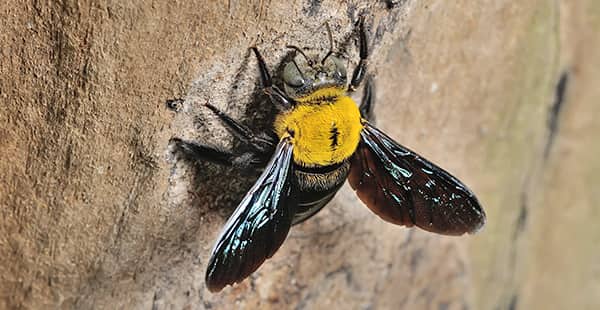
3 Truths About Carpenter Bees That May Surprise You

Carpenter Bee Arthropod Museum

Carpenter Bee An Overview Sciencedirect Topics
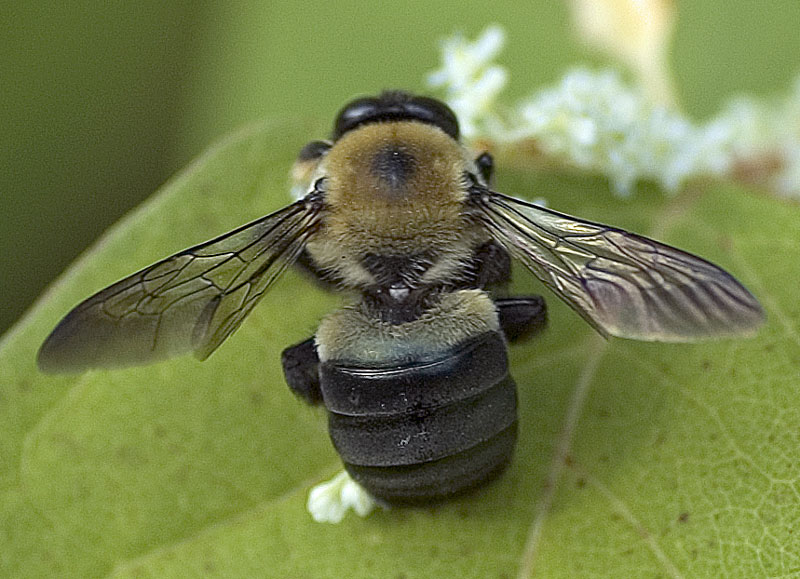
Who S To Blame Masons Or Carpenters Honey Bee Suite

Carpenter Bees Damage Wood By Boring Male Carpenter Bee Youtube

Do Bees Have Teeth Honey Bee Hq

Show Me A Carpenter Bee Carpenter Bee Anatomy Diagram Best Bee Brothers

3 Truths About Carpenter Bees That May Surprise You
A Carpenter Bee Exhausted Myrmecos
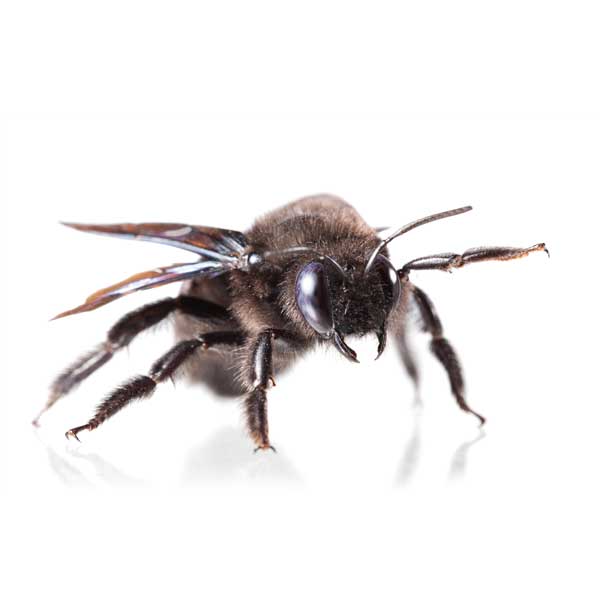
Carpenter Bee Identification Habits Behavior Heron Home Outdoor

Carpenter Bee Control Dave S Garden

Xylocopa Virginica Carpenter Bee By Mary Van Dyke

Carpenter Bee Mandibles Page 1 Line 17qq Com
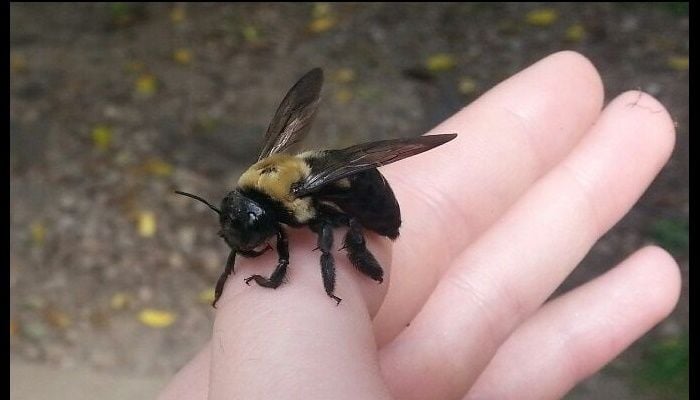
Carpenter Bee Control Dave S Garden




